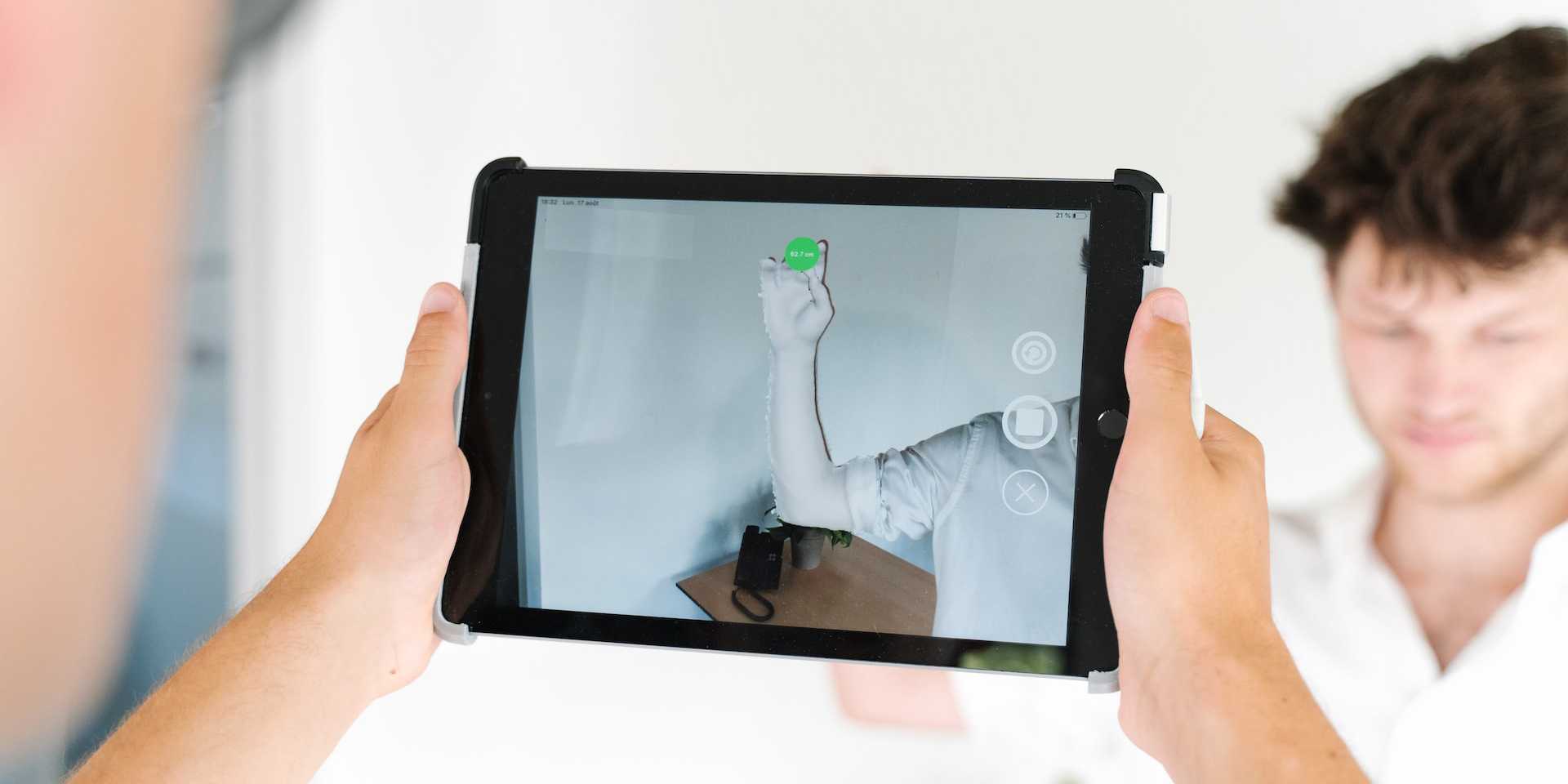
Small movements, big impact: Computer visualisation and post-stroke recovery
This novel study examines the potential of computer visualisation and algorithms to aid in post-stroke recovery, without the use of wearables.
What if patients recovering from stroke could receive feedback on their rehabilitative movements, without wearing any devices, from the comfort of their own homes?
Future Health Technologies’ (FHT’s) new research delves into the possibility of this scenario. Using a camera and a body pose tracking algorithm called MediaPipe Pose, the foundations of a visual set-up to detect post-stroke compensatory movements were born.
What are ‘compensatory movements’?
Compensatory movements are motions made by stroke survivors with their body parts to compensate for their limited stability and extension. Though they may be functionally helpful in completing immediate tasks (like flexing an arm to reach out for an object nearby), such movements may have negative long-term effects on their recovery.
This effort to build a real-time machine learning framework using open-source software to detect unwanted movement faced several challenges. The experiment only selected body landmarks that were most visible, such as the shoulders and wrists. Also, there is a need to refine the model to classify and detect a more varied range of compensatory movements for greater accuracy.
Nonetheless, for Hao-Ping Lin, Dr Hsiao-ju Cheng Rita, Prof. Dr Nicole Wenderoth and their fellow researchers, it marks a milestone in their goal of improving post-stroke, home-based recovery, on a mobile platform.

“The impact of our findings extends beyond the laboratory, with the potential to transform how rehabilitation is approached,” said Mr. Lin. “It opens possibilities for personalised and efficient rehabilitation, a significant step forward in the quest for optimal stroke recovery solutions.”
Read More:
Lin HP, Zhao L, Woolley D, Zhang X, Cheng HJ, Liang W, Kuah C, Plunkett T, Chua K, Zhang L, Wenderoth N. Exploring the Feasibility of Computer Vision for Detecting Post-Stroke Compensatory Movements. IEEE Int Conf Rehabil Robot. 2023 Sep;2023:1-6. doi: 10.1109/ICORR58425.2023.10304697. PMID: 37941212. external page doi: 10.1109/ICORR58425.2023.10304697.